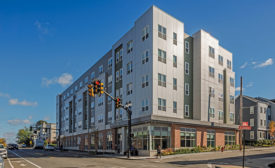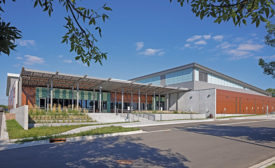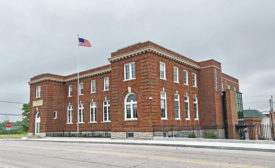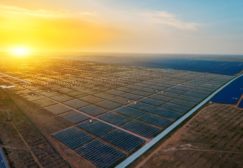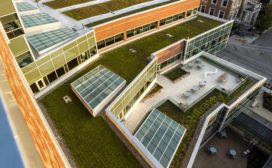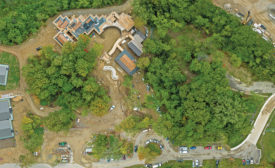Home » Keywords: » sustainability
Items Tagged with 'sustainability'
ARTICLES
Top Starts | ENR New York Owner of the Year
Materials
Innovative Low-Carbon Cement From Sublime Systems Used in First Project
The electrochemical material is produced with zero carbon emissions
Read More
ENR 2023 New England Best Projects
Award of Merit Award of Merit Sustainability: St. Therese
November 13, 2023
ENR Midwest Best Projects 2023
Nakoosa Trail Facility AOM Sustainability
November 13, 2023
Materials
Reflection Window + Wall Secures Renewable Power for India Plant
Sustainable energy will produce all of the Chicago-based window-maker's aluminum products
Read More
Digging Deeper | Mass-Timber Buildings
Mass Plywood Panels Add Strength, Speed to Oakland, Calif., High-Rise
Read MoreThe latest news and information
#1 Source for Construction News, Data, Rankings, Analysis, and Commentary
JOIN ENR UNLIMITEDCopyright ©2024. All Rights Reserved BNP Media.
Design, CMS, Hosting & Web Development :: ePublishing

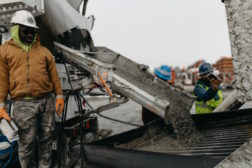

.jpg?height=168&t=1707143343&width=275)
